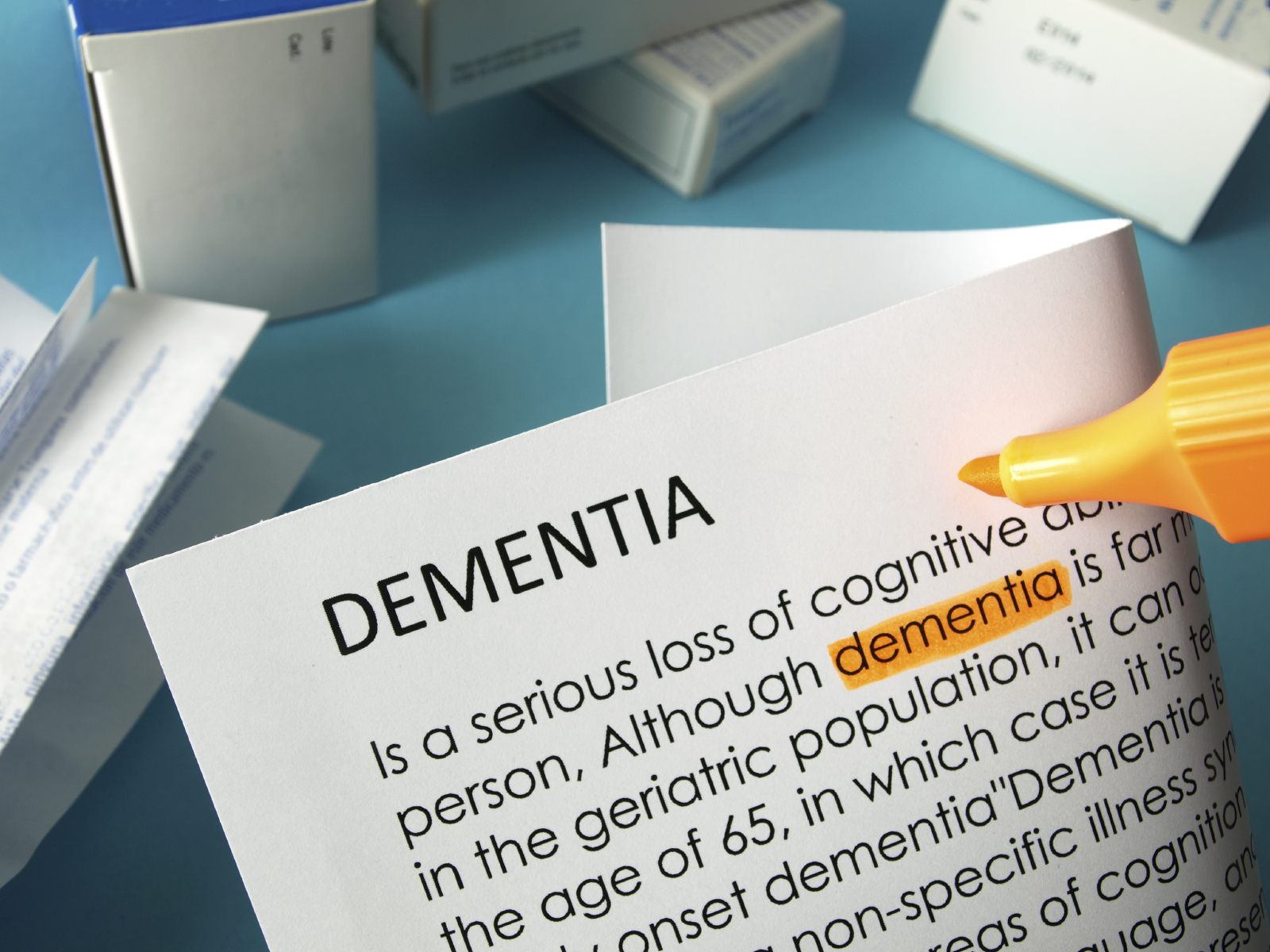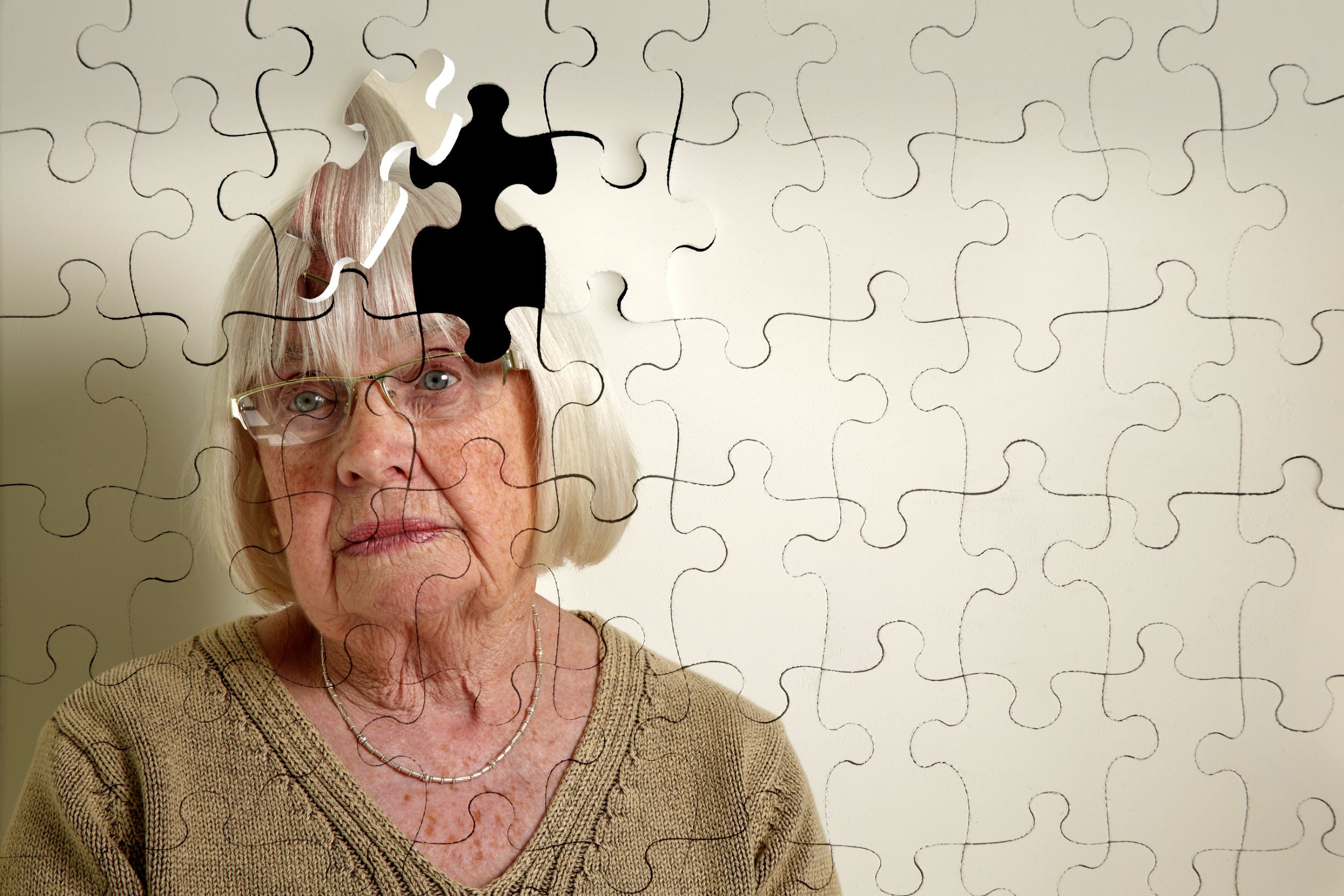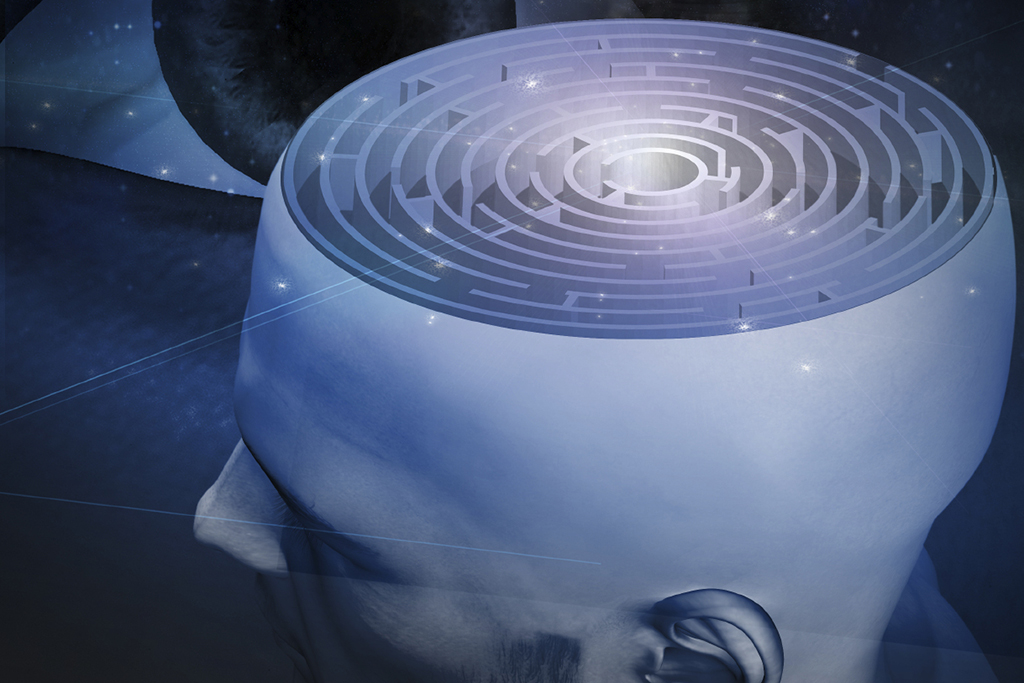What You Need To Know About Lewy Body Dementia
Although Lewy body dementia (LBD) is not a rare disease, it is a lesser known form of dementia than Alzheimer’s disease that affects approximately 1.4 million people in the United States alone. Because it can have symptoms similar to those of Alzheimer’s and Parkinson’s diseases, many health experts believe that Lewy body dementia is widely underdiagnosed. Discovered by scientist Friederich H. Lewy while researching Parkinson’s disease, Lewy body dementia causes a disruption in normal brain functioning.
Definition

Lewy body dementia is a form of dementia that occurs when abnormal proteins known as Lewy body proteins cause a disturbance in the ordinary operation of the brain. Lewy body proteins are located in the brain stem and are responsible for depleting the neurotransmitter dopamine, which causes symptoms that are similar to those of Parkinson’s disease. Lewy body proteins spread throughout the brain to the cerebral cortex where they deplete a brain chemical called acetylcholine, resulting in a disruption of behaviour, thinking, and perception.
Causes

Lewy body dementia is caused by an abnormal buildup of Lewy body proteins, which is also associated with Parkinson’s disease. People with Lewy body proteins in their brains may also have the same characteristics associated with Alzheimer's disease. While researchers are not certain what causes Lewy body dementia, risk factors include being male, having a family history of Lewy body dementia or Parkinson’s disease, and being over the age of sixty years old. People with depression are at an increased risk of developing the disease.
Symptoms

Symptoms of Lewy body dementia may include apathy, or a loss of motivation; movement disorders, such as rigid muscles, slowed movements, tremors, or a shuffling walk; visual hallucinations, including seeing things that are not really there; and difficulty sleeping. Other symptoms may include depression; disorganized speech; drowsiness; staring off into space for extended periods of time; cognitive problems; confusion, memory loss; reduced attention span; and improper regulation of autonomic body movements, such as the digestive process, sweating, pulse, and blood pressure.
Diagnosis

A Lewy body dementia diagnosis requires a decline in the patient’s ability to think and two of the following: Parkinson’s disease symptoms, progressive visual hallucinations, or impaired cognitive function or fluctuating alertness. Other characteristics of Lewy body dementia that are used to make a diagnosis include REM sleep behaviour disorder and autonomic dysfunction. No single test is used to diagnosis the disease. Instead, a doctor may use tests to rule out other conditions.
Medical Treatment

Although there is no cure for Lewy body dementia, several treatment options are available based on an individual’s unique symptoms. Medications include Parkinson’s disease medications, such as carbidopa-levodopa, which are used to reduce rigid muscles and treat slow muscle movement; cholinesterase inhibitors, such as rivastigmine, which work by increasing neurotransmitters in the brain to enhance memory and cognitive function; and medications to treat other symptoms, such as movement or sleep problems.
Medications To Avoid

Anticholinergic drugs should be avoided as they can worsen dopamine and cognition agonists, which may cause hallucinations. Haloperidol is a first-generation antipsychotic medication that should also be avoided because it may cause severe confusion and sedation. It can also enhance Parkinson’s symptoms and may even cause death. Second-generation antipsychotic medications may be warranted for a short time at a low dose only. A doctor will be able to determine if the benefits of a second-generation antipsychotic medication outweigh the risks.
Therapy Treatment

Because medications may cause unwanted side effects, many people with Lewy body dementia seek approaches that do not involve the use of drugs, such as tolerating the behaviour, modifying the environment, offering soothing responses, and creating a daily routine that keeps tasks simple. Many therapy treatments depend on the caregiver’s response. Providing validation and reassurance of the patient’s concerns is better than correcting or quizzing a person with dementia. Keeping the patient’s daily tasks straightforward and easy to remember is another good way to avoid confusion.
Alternative Treatments

One of the best ways to treat Lewy body dementia is to relax the patient. Anxiety and frustration can make symptoms worse. Music therapy or listening to soothing music may also be helpful. Other relaxing treatments include pet therapy or using animals to improve mood and behaviours, massage therapy, and aromatherapy. Lavender essential oil has been shown to help promote relaxation. It can be diffused into a patient’s room or used in the form of relaxing salt baths to help ease the mind.
More Information Is Needed

Although Lewy body dementia is not entirely understood, most health experts agree that an early diagnosis is important for treating the disease to improve the patient’s quality of life. Because the condition affects a patient’s daily life, treatment should always be monitored by a physician. Families and loved ones of a person who has been diagnosed with Lewy body dementia should be aware that the disease affects every aspect of a person’s daily life and considerable resources will be required.